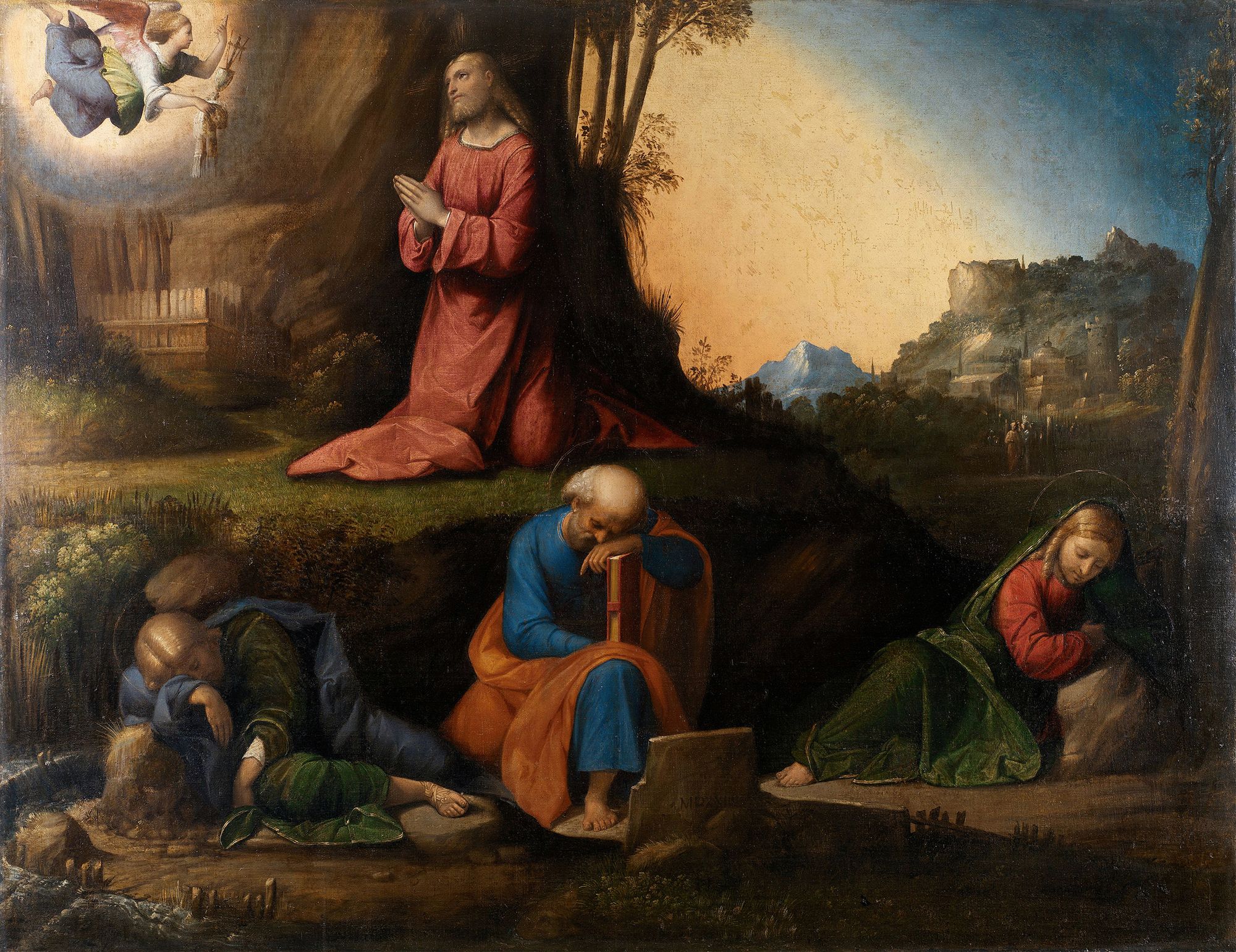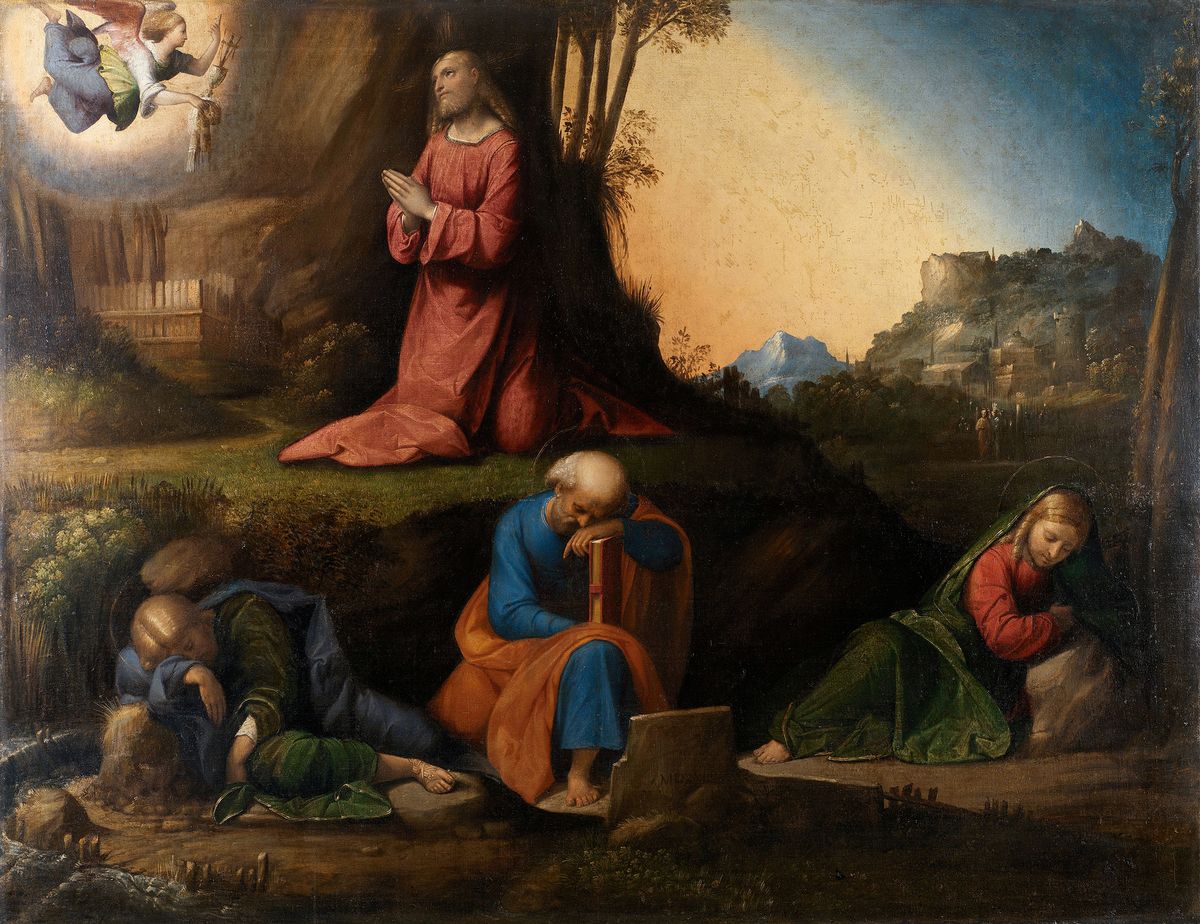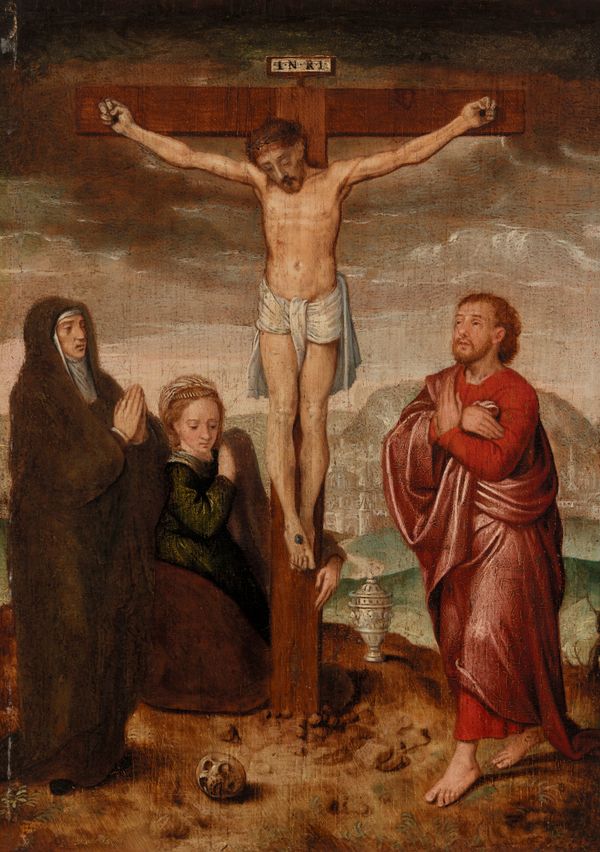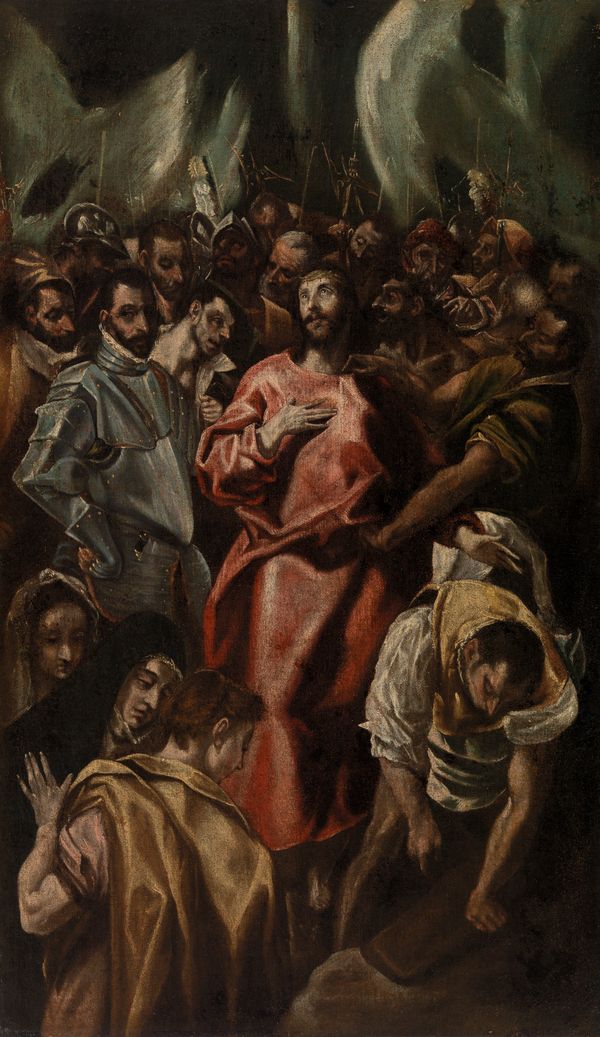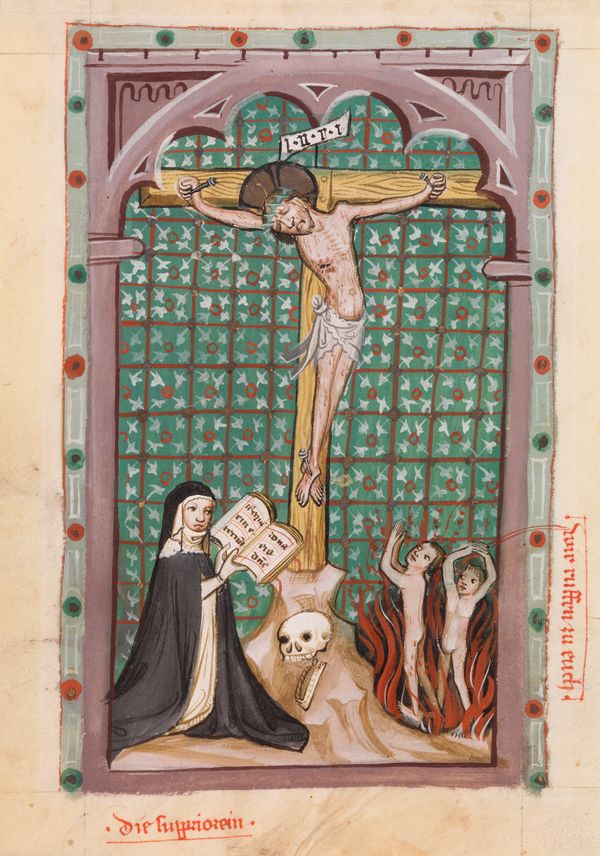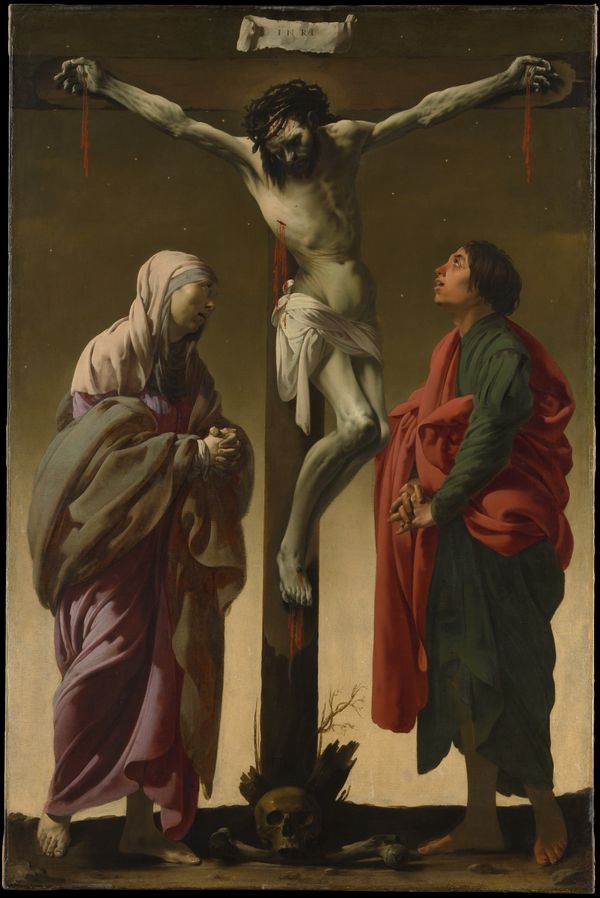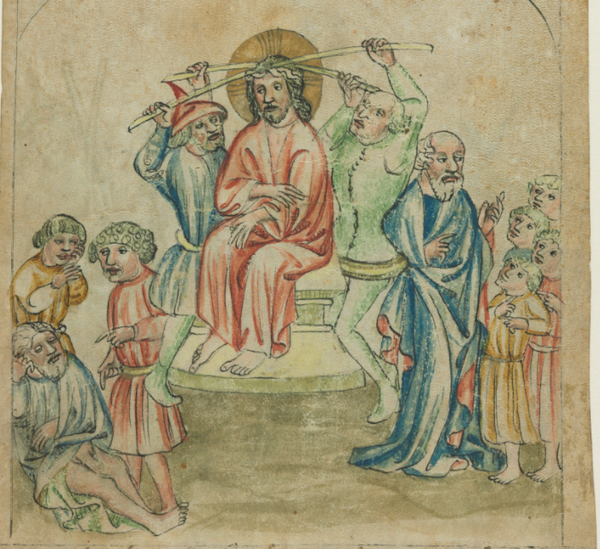Details:
According to all four canonical Gospels, immediately after the Last Supper, Jesus took a walk to pray. Each Gospel offers a slightly different account regarding narrative details. The gospels of Matthew and Mark identify this place of prayer as Gethsemane. Jesus was accompanied by three Apostles: Peter, John and James, whom he asked to stay awake and pray. He moved "a stone's throw away" from them, where he felt overwhelming sadness and anguish, and said "My Father, if it is possible, let this cup pass me by. Nevertheless, let it be as You, not I, would have it." Then, a little while later, he said, "If this cup cannot pass by, but I must drink it, Your will be done!" (Matthew 26:42; in Latin Vulgate: fiat voluntas tua). He said this prayer thrice, checking on the three apostles between each prayer and finding them asleep. He commented: "The spirit is willing, but the flesh is weak". An angel came from heaven to strengthen him. During his agony as he prayed, "His sweat was, as it were, great drops of blood falling down upon the ground" (Luke 22:44).
At the conclusion of the narrative, Jesus accepts that the hour has come for him to be betrayed. Source
Benvenuto Tisi (or Il Garofalo) was a Late-Renaissance-Mannerist Italian painter of the School of Ferrara. Garofalo's career began attached to the court of the Duke d'Este. His early works have been described as "idyllic", but they often conform to the elaborate conceits favored by the artistically refined Ferrarese court. His nickname, Garofalo, may derive from his habit of signing some works with a picture of a carnation (in Italian, garofano).
